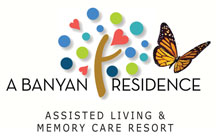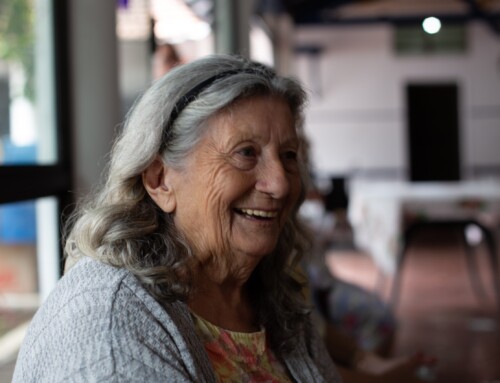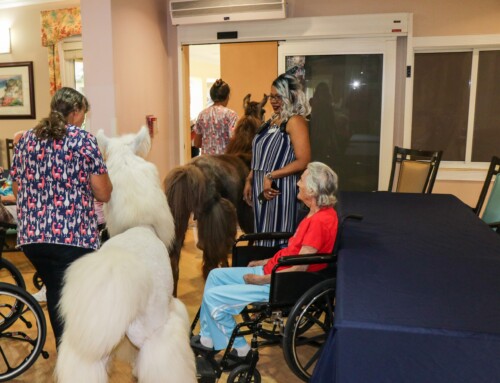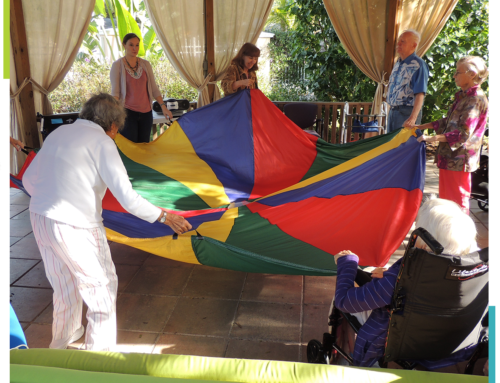Over 800,000 American seniors currently reside in assisted living facilities, which represents 2% of adults over the age of 65. However, demand is expected to more than double over the next two decades. If you or a senior loved one are considering a move, you are not alone. Take a look at these assisted living demographics and statistics aggregated over the last year.

Fast Facts re: Assisted Living Demographics
- Over 28,900 assisted living facilities will be actively operating in 2022.
- The typical assisted living community has a 78% rate of occupancy.
- The median monthly cost of a private, single-bedroom unit in an assisted living residence is $4,500.
- 70% of senior adults will require assisted living care in their lifetime.
- Demand for assisted living beds is expected to expand by an additional one million beds within 20 years.
Assisted living Resident Statistics
The assisted living concept is still fairly new, as nursing homes were the only option for seniors until the 1980s. Assisted living was created to form a more resident-focused solution for independent (or semi-independent) adults. The concept continues to grow, as the National Center for Assisted Living now estimates the total number of licensed beds at 996,000 nationally.
America’s senior population will grow significantly as middle-aged adults will require senior housing over the next several decades. Baby boomers are retiring with financial strength and need quality accommodations and care. For the next seven or eight years, 10K baby boomers will reach retirement age every day. By 2040, over 80 million people in the U.S. will be over 65 years old, with that number climbing to 95 million by 2060. (Source: U.S. Census Bureau)
More Assisted Living Demographics
Although homes are open to anyone “of age,” most people do not enter assisted living until they require additional care or can no longer live on their own. Still, residents may choose to move in while younger to enjoy the community setting, group activities, exercise classes, nutritious meals, and reduced isolation. For their part, older residents gain assistance with ADLs while benefitting from the active, independent lifestyle.
- The average age of an assisted living resident is 87.
- The majority of residents enter assisted living communities between the ages of 75 and 84.
- 7% of residents are under the age of 65
- 11% of residents are between 65 and 74
- 30% of residents are between 75 and 84
- 52% of residents are 85 or older
Health Conditions and Comorbidities
As people grow older, the potential for certain progressive diseases and conditions increases. Many of those in assisted living need assistance with these conditions in addition to ADL requirements. Assisted living facilities are prepared to help senior citizens with various common comorbidities, such as:
- High blood pressure (52% of residents)
- Alzheimer’s disease or another type of dementia (42% of residents)
- Arthritis (42% of residents)
- Heart disease (32% of residents)
- Type 1 or type 2 diabetes (34% of residents)
In order to deal with current and future potential comorbidities, assisted living facilities often have other related services available to their residents. These may include:
- Partnering with a pharmacy or providing an on-site pharmacist – 84%
- Nutritional guidance and meal plans created by a registered dietitian – 83%
- On-site physical, occupational, or speech therapy – 71%
- Partner with mental health or counseling professionals – 55%
Assisted living continues to evolve and grow as the demand increases. If you are interested in learning more about assisted living in The Villages, call A Banyan Residence for a personal tour. We would love the opportunity to explain how assisted living facilities may provide the best solution for your aging loved one and to show you how a vibrant, engaging residence can improve their quality of life.







